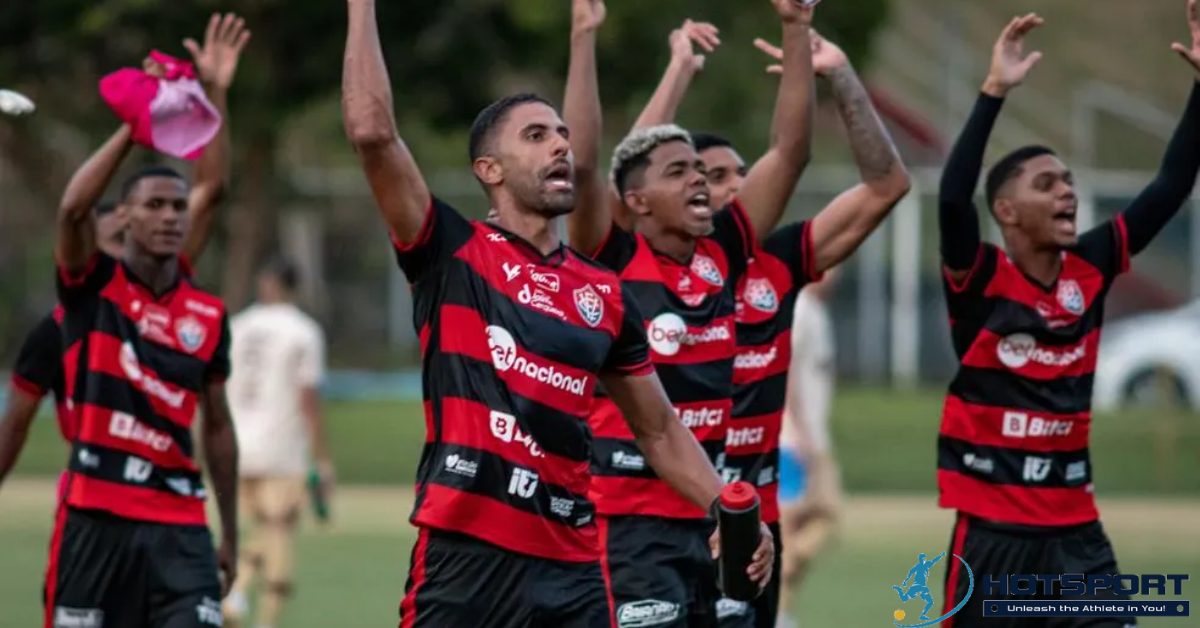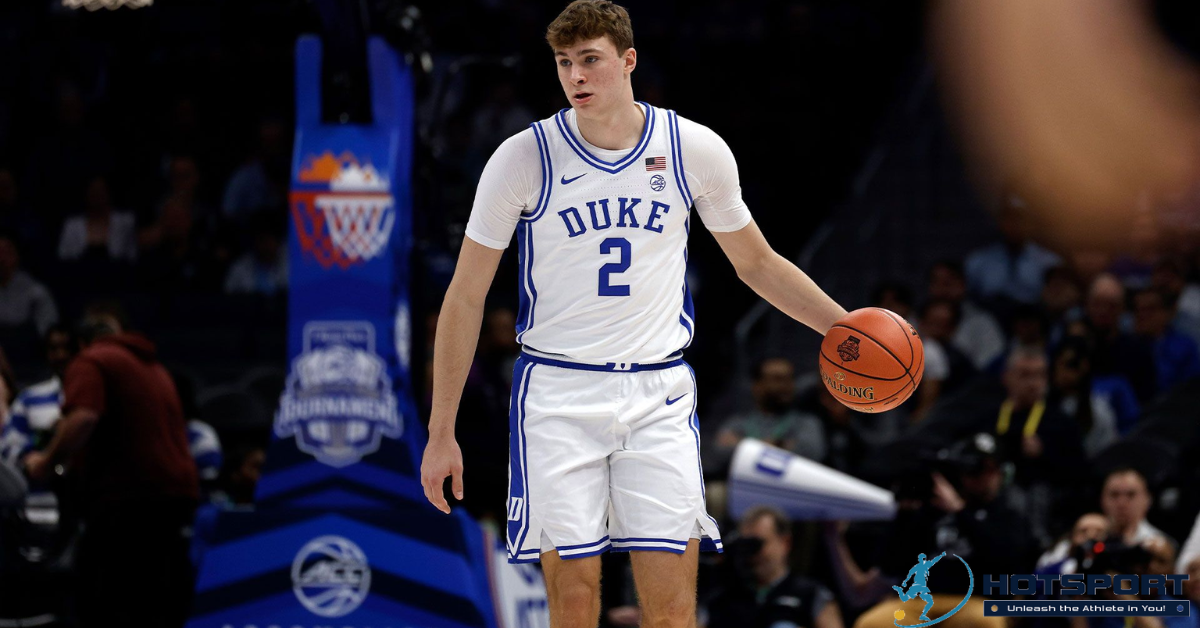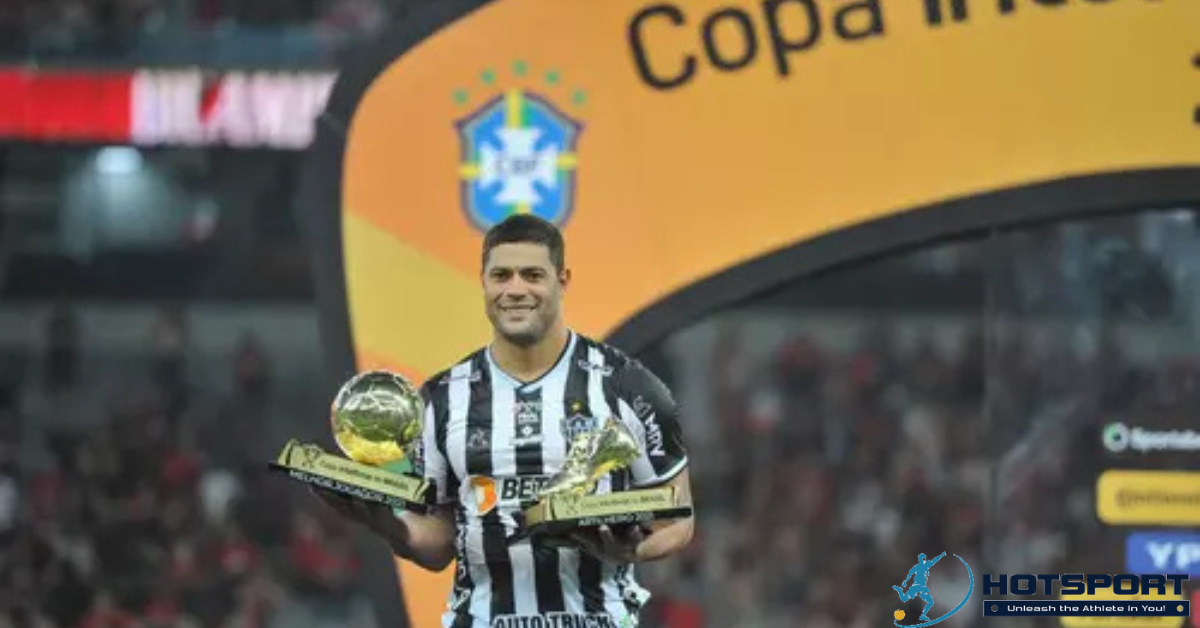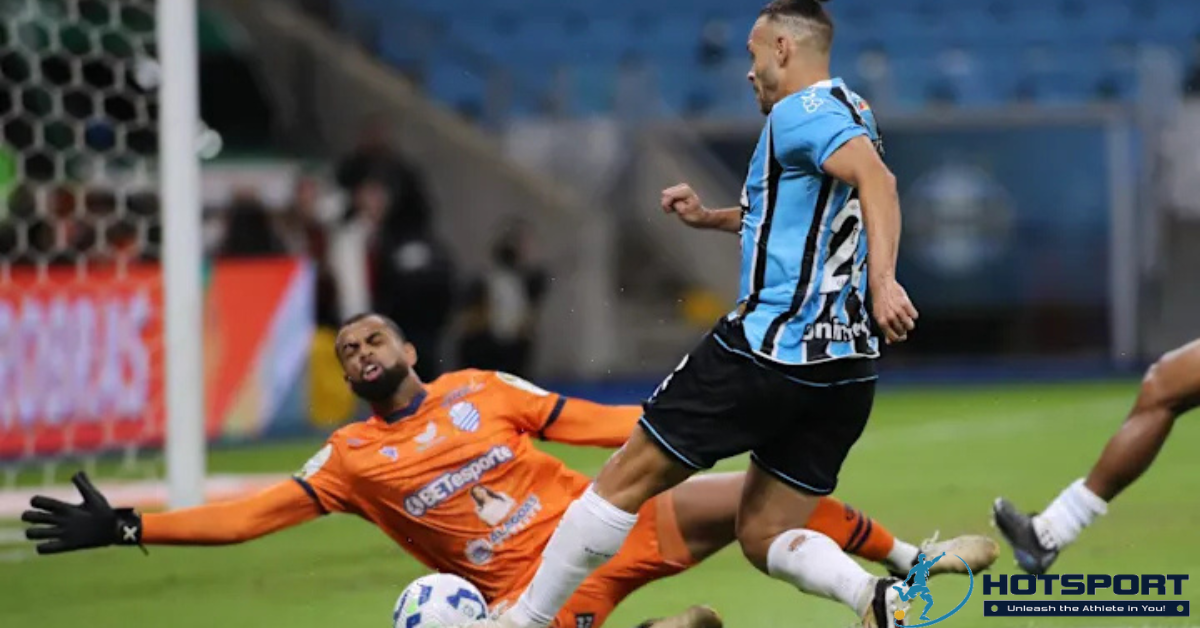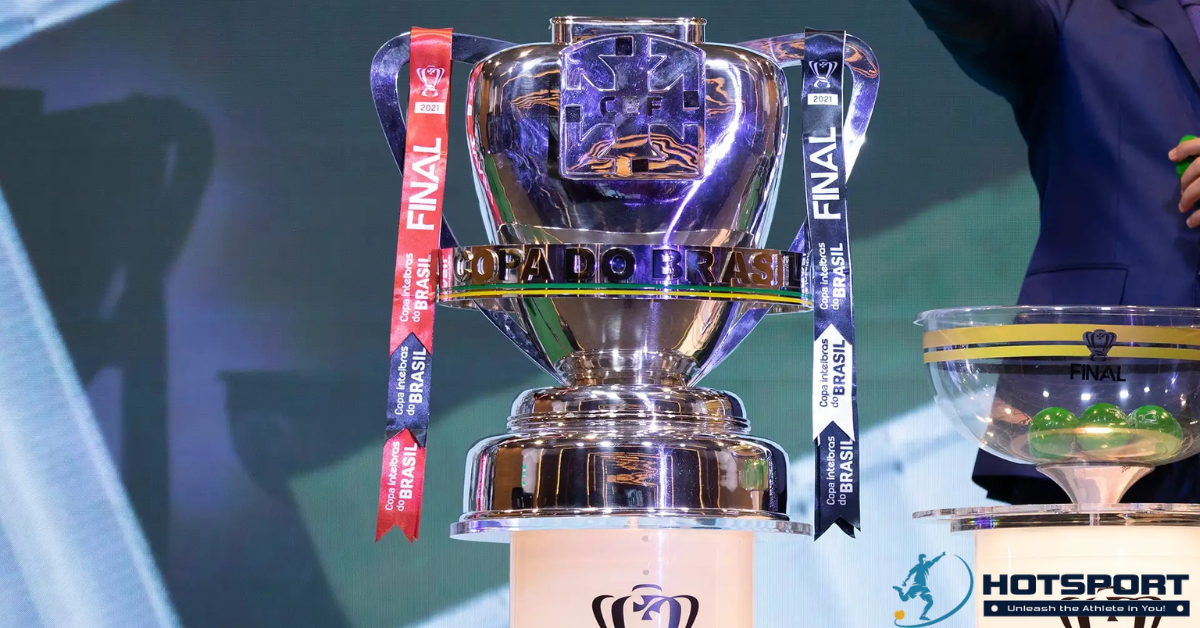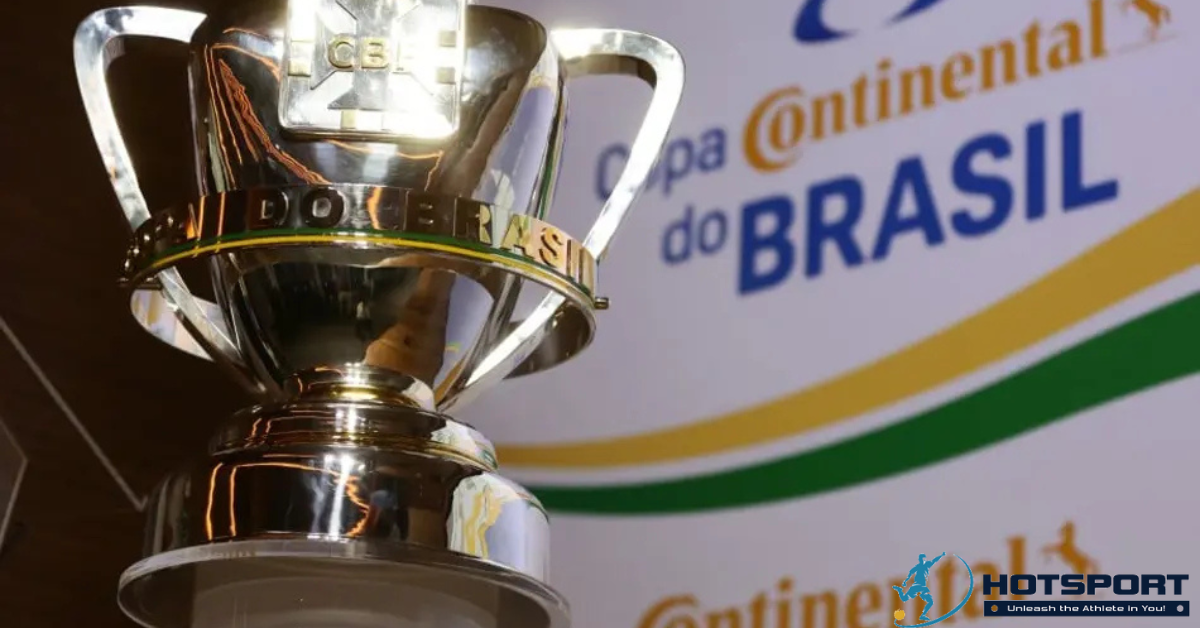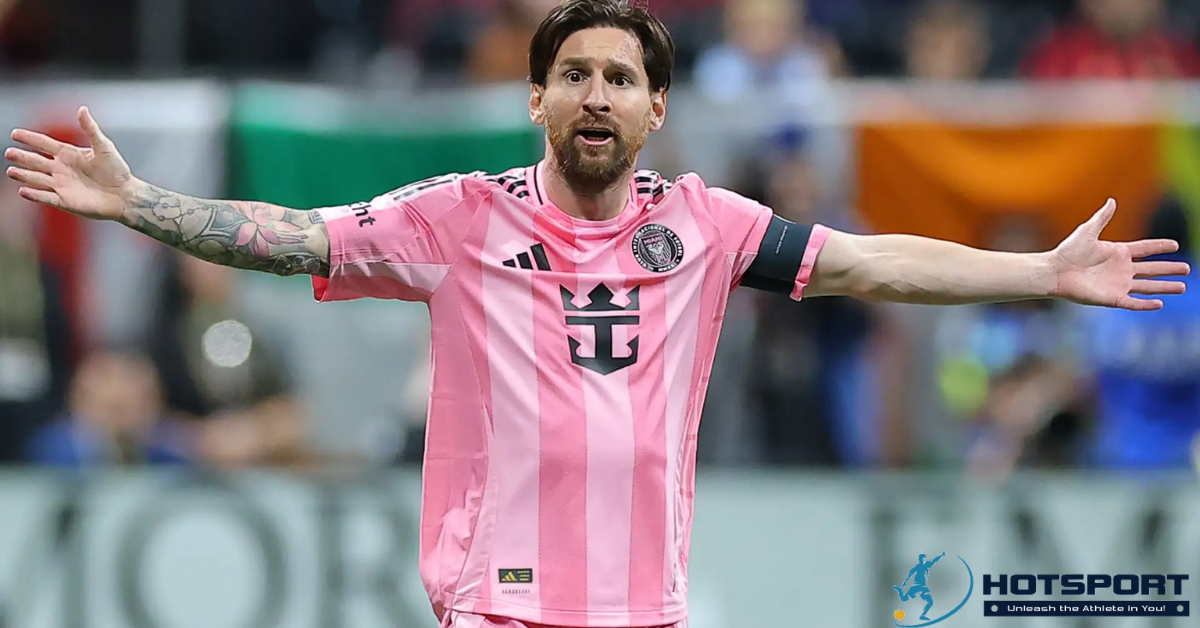Ceará Sporting Club: The Story of the Vozão
Ceará Sporting Club, affectionately known as Vozão (Grandpa), is one of the most traditional football clubs in Brazil, deeply rooted in Fortaleza, the capital of Ceará. Founded on June 2, 1914, the club boasts a rich history marked by achievements, passionate rivalries, and a devoted fanbase that has made it an icon of Northeast Brazilian football. This article traces Ceará’s journey from its founding to the present day, highlighting key moments, titles, legendary players, and the club’s cultural significance to Ceará and the Northeast region of Brazil.
Origins and Founding
The Beginning as Rio Branco Football Club
The story of Ceará Sporting Club began on June 2, 1914, in the streets of Fortaleza’s Centro neighborhood. A group of young men, led by Luís Esteves Júnior and Pedro Freire, was walking and discussing various topics, including international politics. After kicking a stone along the way, the conversation shifted to football, a sport gaining popularity in Brazil. Inspired, they decided to found a club. That same night, they gathered at Café Art Nouveau in Praça do Ferreira and, with the support of other enthusiasts, formalized the creation of Rio Branco Football Club. The club’s initial colors were white and lilac, inspired by European teams, such as what would later become Italy’s Fiorentina.
Transition to Ceará Sporting Club
In 1915, on the club’s first anniversary, its name was changed to Ceará Sporting Club to better reflect the state’s identity. This marked the start of a new era, as the club began building its reputation in the local scene. The nickname Vovô (Grandpa) emerged in 1919 when Meton de Alencar Pinto, then club president, trained young players from América Football Club at the Porangabussu training center. Meton jokingly called the youngsters “grandkids” and asked them to “go easy on Grandpa.” The nickname stuck, and the club’s mascot—a white-bearded, mustachioed man in the black-and-white uniform—was created by Ceará-born cartoonist Mino as part of the “Ceará: Total Passion” project.
Early Titles and Local Dominance
Pentacampeonato Cearense (1915-1919)
Ceará quickly established itself as a local powerhouse. In 1915, just a year after its founding, the club won its first Campeonato Cearense, defeating Stella 2-1 in the final. In the following years, Vozão dominated the state championship, winning in 1916 (2-0 vs. Maranguape), 1917 (1-0 vs. Stella), 1918, and 1919 (both against Fortaleza, 2-0 and 2-1, respectively). This achievement marked the first pentacampeonato (five consecutive titles) in Ceará’s history, a record officially recognized in 2008 by the Ceará Sports Justice Tribunal (TJDF/CE).
More State Titles
Ceará continued to dominate Ceará’s football scene over the decades. In 1922, under the organization of the Associação Desportiva Cearense, the club defeated Fortaleza 4-1 in the state final, with midfielder Walter Barroso shining as the top scorer with 14 goals. The club also secured tricampeonatos (three consecutive titles) from 1961-1963 and tetracampeonatos (four consecutive titles) from 1975-1978 and 1996-1999, cementing its status as the state’s most successful club with 47 Campeonato Cearense titles, more than any other team in Ceará.
Rivalries: Clássico-Rei and Clássico da Paz
Clássico-Rei: Ceará vs. Fortaleza
The rivalry with Fortaleza Esporte Clube, known as the Clássico-Rei (King’s Classic), is one of Brazil’s most intense. The clash between Fortaleza’s two biggest clubs is defined by passion and competitiveness. As of 2025, Ceará holds a slight edge in the head-to-head record, with 203 wins, 211 draws, and 184 losses against Fortaleza. These matches draw massive crowds and are emotional highs for the Nação Alvinegra (Black-and-White Nation). The Clássico-Rei is not just a sporting event but a cultural phenomenon that captivates the city and state.
Clássico da Paz: Ceará vs. Ferroviário
Another significant rivalry is the Clássico da Paz (Peace Classic) against Ferroviário, Fortaleza’s third-largest club. By 2025, the matchup has been played 302 times, with Ceará winning 140, drawing 91, and losing 71. Though less heated than the Clássico-Rei, the Clássico da Paz holds deep meaning for fans, reflecting the shared history of Fortaleza’s clubs.
Key Moments in National and International Football
Highlights in the Brazilian Championship
Ceará Sporting Club has a respectable record in the Brazilian Championship, with 27 appearances in Série A and 31 in Série B, more than any other Ceará club. The club’s best Série A performances were in 1964 (third place) and 1985 (seventh place). In 2010, after a 17-year absence, Ceará returned to the top flight, finishing 12th and earning a spot in the 2011 Copa Sudamericana. That year, the club started unbeaten in its first eight matches, including a win against champions Fluminense.
Copa do Brasil and Copa Sudamericana
In 1994, Ceará reached the Copa do Brasil final but lost to Grêmio. The achievement remains a milestone in the club’s history, solidifying its national presence. In 2011, Vozão reached the semifinals, famously eliminating Ronaldinho Gaúcho’s Flamengo in a historic upset. In the Copa Sudamericana, Ceará competed in 1995 (Copa Conmebol), 2011, 2021, and 2022, with a standout performance in 2022, winning all six group-stage matches, scoring 17 goals, and conceding just one.
Copa do Nordeste Victory
In 1969, Ceará won the Copa do Nordeste, one of the region’s most prestigious tournaments. This victory reinforced the club’s status as a Northeast football giant, alongside Bahia, Sport, Náutico, Vitória, and Fortaleza.
The Alvinegra Fanbase
One of the Northeast’s Largest
Ceará is renowned for its passionate fanbase, the Nação Alvinegra. For years, surveys by institutes like IBOPE, Datafolha, and Pluri ranked Ceará as having the largest fanbase in Ceará and the third largest in the Northeast, behind only Bahia and Sport. More recent studies by IBOPE and O Globo indicate that Fortaleza has surpassed Ceará, making Vozão the second-largest fanbase in the state and fourth in the Northeast. Still, Ceará boasts impressive attendance figures, with averages of 28,613 paying fans in 2018, 26,011 in 2019, and 23,467 in 2010 in the Brazilian Championship, plus 35,407 in the 2005 Copa do Brasil, the highest average for a Ceará club in the competition.
Attendance Records
Ceará holds the record for the most matches with over 50,000 paying fans in Ceará’s history, with 13 such occasions. These numbers reflect the passion and engagement of the fanbase, which fills stadiums like Arena Castelão and Estádio Presidente Vargas for key matches, especially the Clássico-Rei.
Infrastructure and Modernization
Stadiums and Training Center
Ceará primarily plays at Arena Castelão, a modern stadium with a capacity of 63,908, and Estádio Presidente Vargas, which holds 20,600. The club also owns Estádio Carlos de Alencar Pinto, known as Vovozão, used for training and smaller matches. Additionally, Ceará has invested in Cidade Vozão, one of the Northeast’s most advanced training centers. Spanning eight hectares, Cidade Vozão includes a 4,000-seat stadium, four official fields (one with artificial turf), and a society pitch, providing top-tier infrastructure for player development.
Youth Academy and Women’s Football
Ceará has excelled in its youth academy and women’s football programs. In 2025, the under-15 team reached the semifinals of the Copa 2 de Julho, defeating Vitória 4-3 on penalties, while the under-13 team crushed Futcenter 6-0 in the Copa Seromo. In women’s football, Ceará competed in the Brazilian Under-20 Championship, facing Recanto/AM in Manaus. These efforts highlight the club’s commitment to nurturing talent and promoting gender equality in sports.
Challenges and Resilience
Relegation and Return to Série A
Ceará’s history includes moments of resilience. In 2022, the club was relegated to Série B, but in 2024, it earned promotion back to Série A, a milestone celebrated by fans and the board. President João Paulo Silva noted that the return to the top flight helped reorganize the club’s finances, boosted by broadcasting revenue. This journey from the pain of relegation to the joy of promotion reflects Vozão’s tenacity.
Rivalry with Fortaleza in the Conmebol Ranking
In the Conmebol ranking, Ceará is the second-highest-ranked Northeast club, behind Fortaleza. Despite the rivalry, the club maintains a strong record in international competitions, with four appearances in official tournaments, including the 1995 Copa Conmebol and three Copa Sudamericana editions.
Legacy and Culture
The Vovô Mascot and Alvinegra Identity
The Vovô mascot is more than a symbol; it represents Ceará’s tradition as the state’s oldest club. The black-and-white (alvinegro) uniform is recognized nationwide, and the fans’ passion shines through in chants, flags, and choreographies that turn matches into spectacles.
Cultural Impact
Ceará Sporting Club transcends football, serving as a cultural pillar of the state. Events like the Clássico-Rei mobilize the population, and initiatives like the Super App Ceará SC connect fans with exclusive content, strengthening the bond between club and community. The Vozão Tickets online store and the Sócio Vozão membership program further engage fans with benefits and involvement.
Conclusion
Ceará Sporting Club is more than a football team; it is a source of pride for Fortaleza and Ceará. With 47 state titles, memorable performances in national and international competitions, and a passionate fanbase, Vozão continues to write its history with achievements and resilience. Whether in the heat of the Clássico-Rei, the thrill of promotion to Série A, or the development of new talent, Ceará remains a Northeast giant, carrying the Vovô nickname with honor and passion. Here’s to more chapters in this centennial story!


